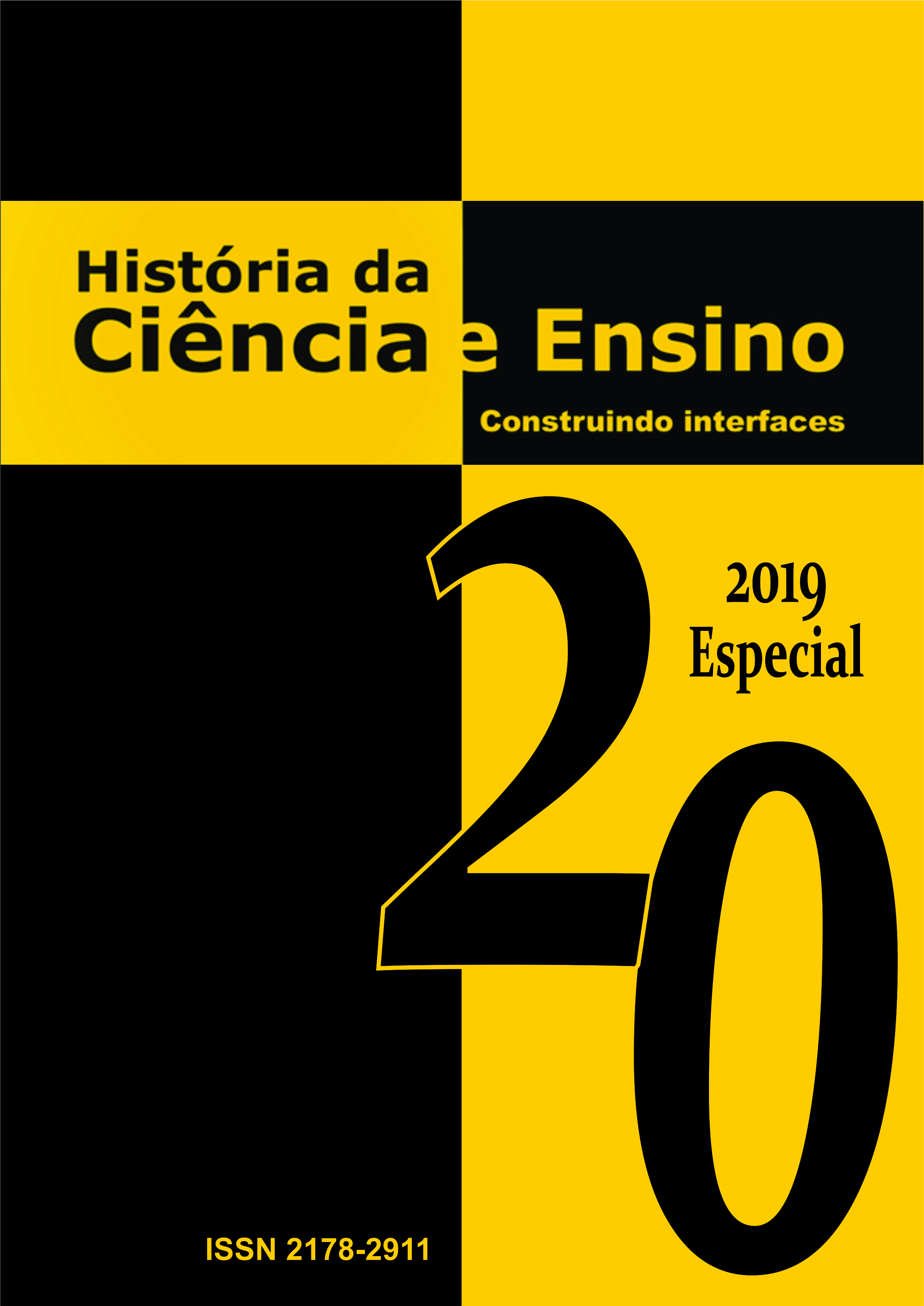Ensino de Enfermagem de Saúde Infantil e Pediátrica: importância da interdisciplinaridade na sua evolução
DOI:
https://doi.org/10.23925/2178-2911.2019v20espp352-360Resumen
Resumo
O contributo de diferentes ramos da ciência no desenvolvimento do conhecimento e no seu ensino em múltiplas áreas disciplinares é incontestável. No caso da Enfermagem de Saúde Infantil e Pediátrica, numa lógica de similitude, associamo-la à medicina, particularmente ao ramo da Pediatria. Cedo percebemos que essa associação é reducionista. A história mostra-nos que o seu desenvolvimento também se deve a ciências como biologia, antropologia, filosofia, psicologia, sociologia e ciências da educação entre outras. Este entendimento conduz-nos ao conhecimento do contexto histórico da definição de infância e adolescência, dois conceitos indissociáveis da necessidade de se ensinar enfermagem e medicina específicas para estes grupos etários. Até ao século XII era desconhecida a representação de crianças em obras de arte e segundo Aries (1981)1 tal deve-se à pouca importância dada a estes seres. Nos séculos seguintes operaram-se modificações. As mais consistentes datam dos séculos XVII e XVIII. É inegável o contributo de Rousseau (1762)2 com Émile não só pelo impacto cultural, mas pelas consequências daí resultantes quando explorados os aspetos filosóficos e pedagógicos da obra. Com a Revolução Industrial tiveram início medidas de proteção da criança contra trabalhos insalubres e para satisfazer as suas necessidades de saúde. Em França surgiram os primeiros conceitos e trabalhos sobre puericultura que se expandiram a outros países da Europa. Querendo aprofundar o conhecimento, através de análise bibliográfica, sobre a evolução do ensino de Enfermagem de Saúde Infantil e Pediátrica e das implicações de diferentes ramos da ciência na mesma, procurámos refletir sobre o contributo que, ao longo dos anos, as diferentes áreas científicas deram para esta área disciplinar.
Palavras chave: Ensino; Enfermagem pediátrica.
Abstract
The contribution of different branches of science to the development of knowledge and its teaching in multiple subject areas is undeniable. In the case of Infant Health and Pediatric Nursing, in a logic of similarity, we associate it with medicine, particularly the branch of Pediatrics. We soon realize that this is a reductionist association. History shows us that its development is also due to sciences such as biology, anthropology, philosophy, psychology, sociology and the educational sciences, among others. This understanding leads us to the knowledge of the historical context of the definition of childhood and adolescence, two concepts inseparable from the need to teach nursing and medicine specific to these age groups. Until the 12th century the representation of children was unknown in works of art and according to Aries (1981)3 this is due to the little importance given to these beings. In the following centuries modifications took place. The most consistent date from the seventeenth and eighteenth centuries. Rousseau's (1762)4 contribution with Émile is undeniable, not only for its cultural impact, but also for the consequences resulting from the examination of the work’s philosophical and pedagogical aspects. With the Industrial Revolution, measures began to protect children against unhealthy work and to meet their health needs. In France came the first concepts and works on childcare that expanded to other countries in Europe. Wanting to increase knowledge, through literature review, about the evolution of the Infant Health and Pediatric Nursing teaching and the implications of different branches of science in it, we tried to reflect on the contribution that these have made to this subject area over the years. Keywords: Teaching; Pediatric nursing


